-


-


-

-
 A rich golden amber colour. Complex, sherried, deliciously peated, light butterscotch aromas, with a hint of dried fruit. Full bodied, balanced sherried sweetness, malty tones and peaty flavours. Long finish gloriously sherried, sweet and gently smoky. Read more
A rich golden amber colour. Complex, sherried, deliciously peated, light butterscotch aromas, with a hint of dried fruit. Full bodied, balanced sherried sweetness, malty tones and peaty flavours. Long finish gloriously sherried, sweet and gently smoky. Read moreNV 46% ABV 70cl
-


-

 The nose is nutty and rich, almost rye like with dried peels and spice, an oily resiny honey note too. Classic pure pot still - silky, full bodied with nuts, citrus fruits and peel with firm grain, oily liquorice and sweet wood. Read more
The nose is nutty and rich, almost rye like with dried peels and spice, an oily resiny honey note too. Classic pure pot still - silky, full bodied with nuts, citrus fruits and peel with firm grain, oily liquorice and sweet wood. Read moreNV 40% ABV 70cl
-

 Johnnie Walker´s boldest and most intense premium Blended Scotch Whisky crafted to deliver a smokier, more intense expression of the iconic flavours of Johnnie Walker Black Label. Johnnie Walker Double Black is best enjoyed with water to unlock its... Read more
Johnnie Walker´s boldest and most intense premium Blended Scotch Whisky crafted to deliver a smokier, more intense expression of the iconic flavours of Johnnie Walker Black Label. Johnnie Walker Double Black is best enjoyed with water to unlock its... Read moreNV 40% ABV 70cl
-


-

-

-
 A subtle blend, Hibiki Japanese Harmony is the perfect introduction to Japanese whiskey. Read more
A subtle blend, Hibiki Japanese Harmony is the perfect introduction to Japanese whiskey. Read moreNV 43% ABV 70cl
-

Whisky
Whether you like sipping it neat, on the rocks, in a cocktail like an Old Fashioned or a refreshing High-Ball, whisky offers vast array of flavours to enjoy. Here’s our range…

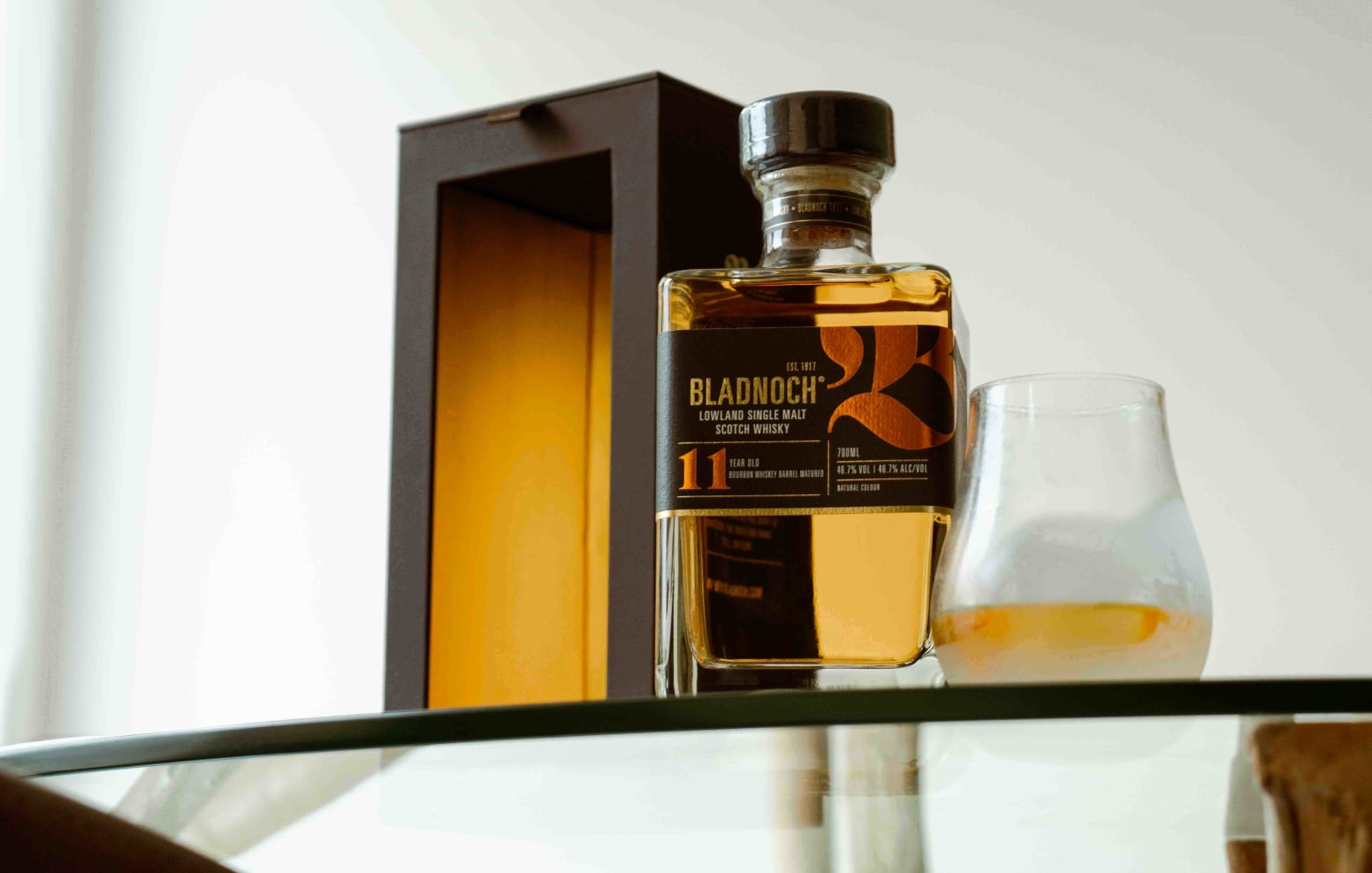
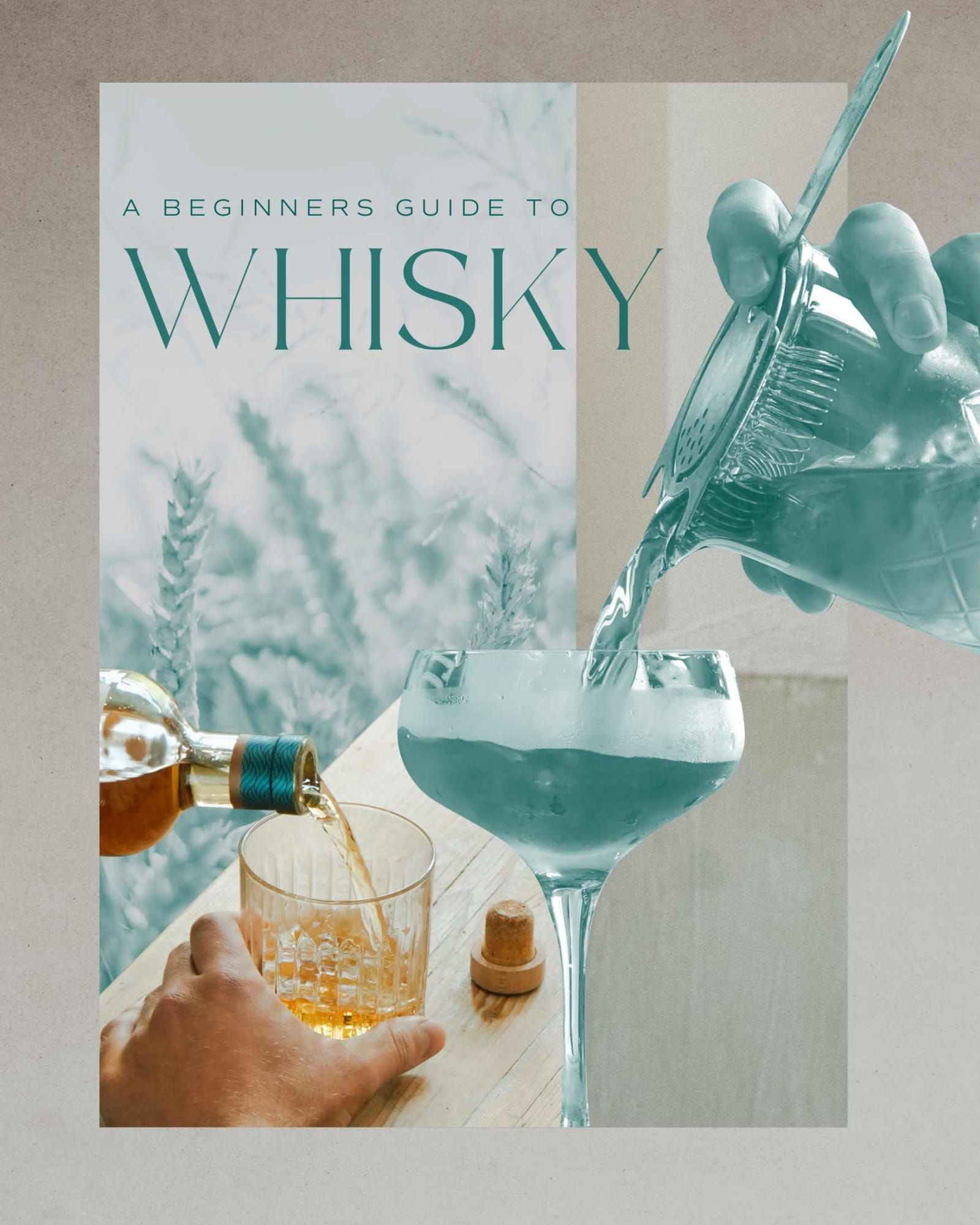
A beginner's guide to Whisky
Exploring the world of whisky can at first seem a daunting task. It doesn’t have to be.
Whisky is for everyone and if you are willing to take it sip by sip, you’ll find that an endless choice of flavours awaits all those who are curious enough to pour themselves a glass.
Here’s a mini-guide to breakdown some of the styles, regions and jargon to help you on your way to finding the right bottle for you.
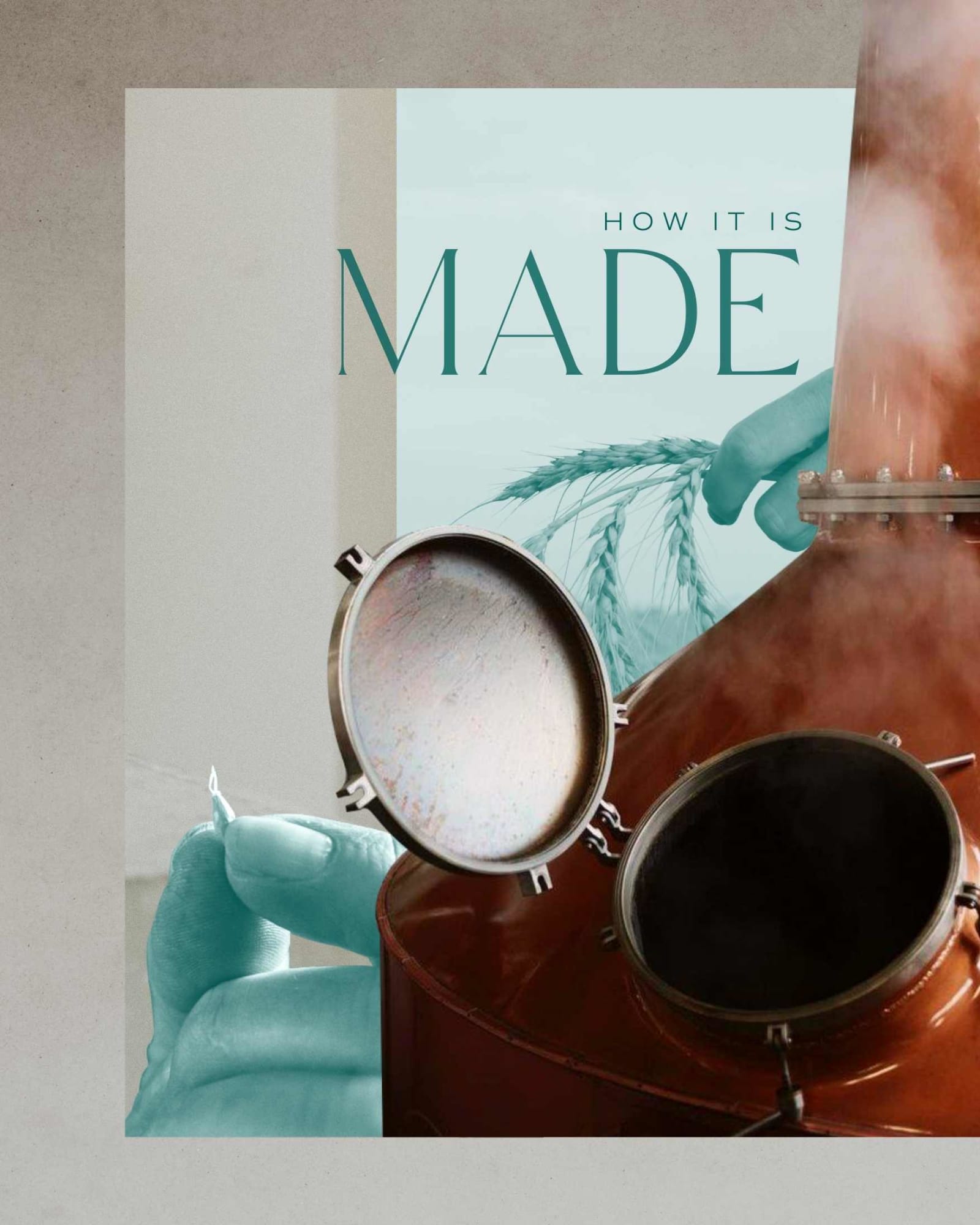
How Is Whisky Made
The first step to make any whisky is selecting the type of grain that will be used. Many producers use malted barley as the base but it’s common to see grains such as wheat, corn or rye. Despite the reverence attached to Single Malt Whisky and the use of barley in Scotch, grain whisky is commonly used as the main component in Blended Scotch Whisky, (which accounts for around 90% of all Scotch Whisky sales).
Once selected, grain is malted, milled, mixed with hot water and mashed. This allows all the starch to transform into fermentable sugars and (alongside other enzymes) to be released into the liquid. This mixture is then fermented with yeast and distilled twice.
Once transformed into a spirit (often known as New Make Spirit), it is transferred into casks and left to mature. While most attribute a lot of flavour creation to this final aging, so much of the character and personality of a whisky comes from the details and methods used to malt, mash, ferment and distil the liquid itself.
For example, the choice of grain and how it is malted will play a big role in the amount of sugars available. How it is dried will dictate whether there is peat or smoke present, while the choice of yeast and the length of fermentation creates big differences in the flavours created. Finally, the size and shape of the still used to distil whisky can affect the flavour of the spirit.
There’s no right and wrong, no better or worse – just differences that make the world of whisky endlessly fascinating and varied!
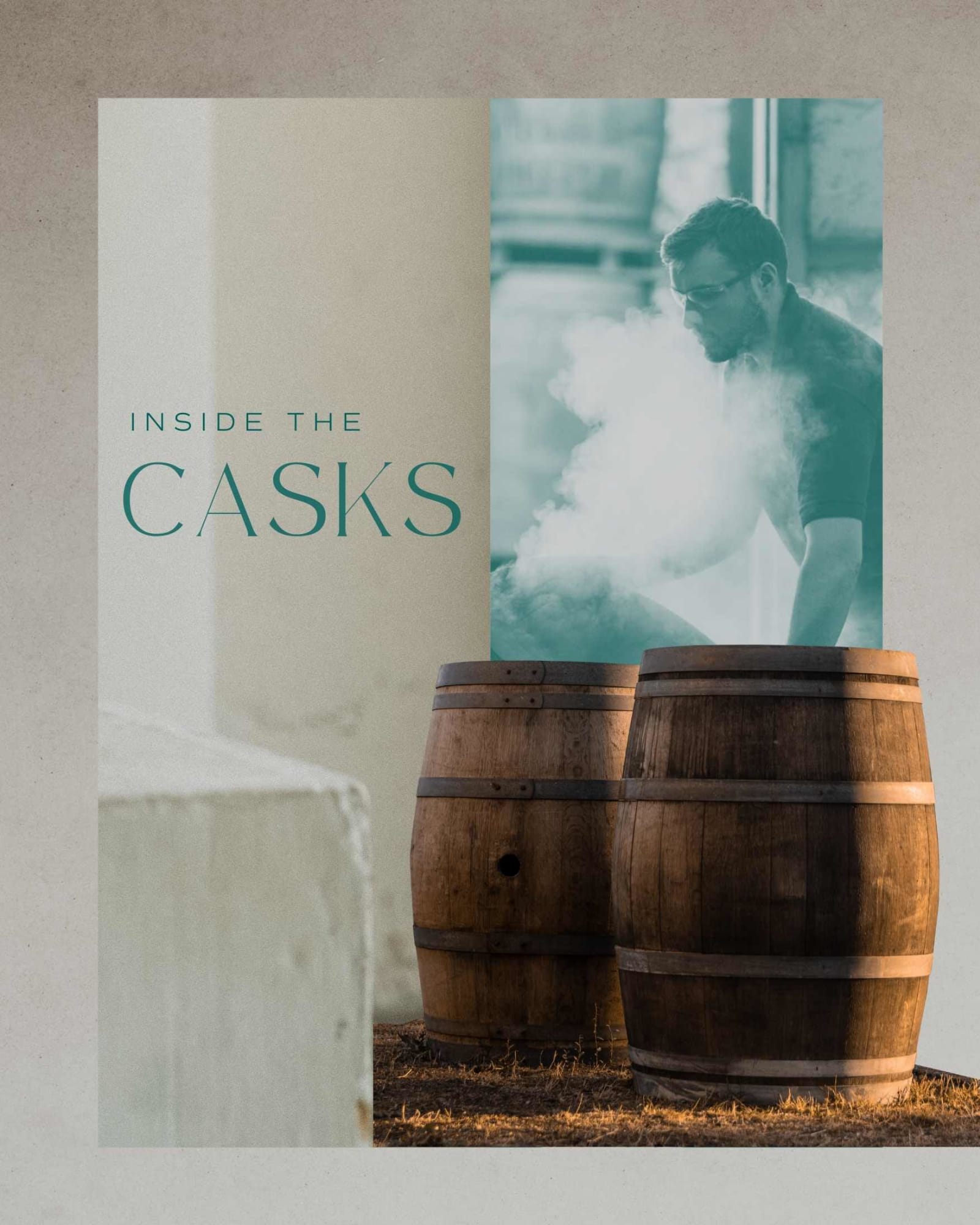
Whisky Casks
Whisky is typically aged in oak casks. Depending on the type of whisky, these casks can be either new (as is required for the likes of Bourbon) or previously used.
Used casks, such as those that once held sherry, wine, rum or bourbon will impart distinctive flavours to the whisky because of both the previous occupant and the interaction with the wood itself.
Typically, the type of oak used for whisky casks is either American oak or European oak. Due to the wood sugars, the structure of the oak and the way they are prepared, each allows for a particular set of flavours to be imparted into the whisky irrespective of whether it’s the first time it’s used as a cask or if it’s the second or third fill.
To further facilitate the interaction between spirit and cask and increase the amount of flavour compounds, producers burn the inside with open flames – known as charring and toasting.
The size of a cask greatly impacts the flavour and length of maturation too. The smaller the cask the greater the ratio of wood to spirit. This means more interaction and faster maturation. Not all flavours created during the aging process are added by the spirit interacting with the wood though, and other reasons for the flavour of a whisky are subtractive (what is taken away from the liquid).
Oxidisation, evaporation and more have a big part to play in why an aged spirit tastes the way it does, which is why no matter the size of a cask, from a 200L barrel to a giant 550L port pipe, you can’t fast forward all the flavour creation and profiles you find in older expressions.
Mastering the choice of cask, the way it is prepared, the previous occupant of a cask (if any) and the time spent maturing is why aging Whisky is considered such an awe-inspiring craft.
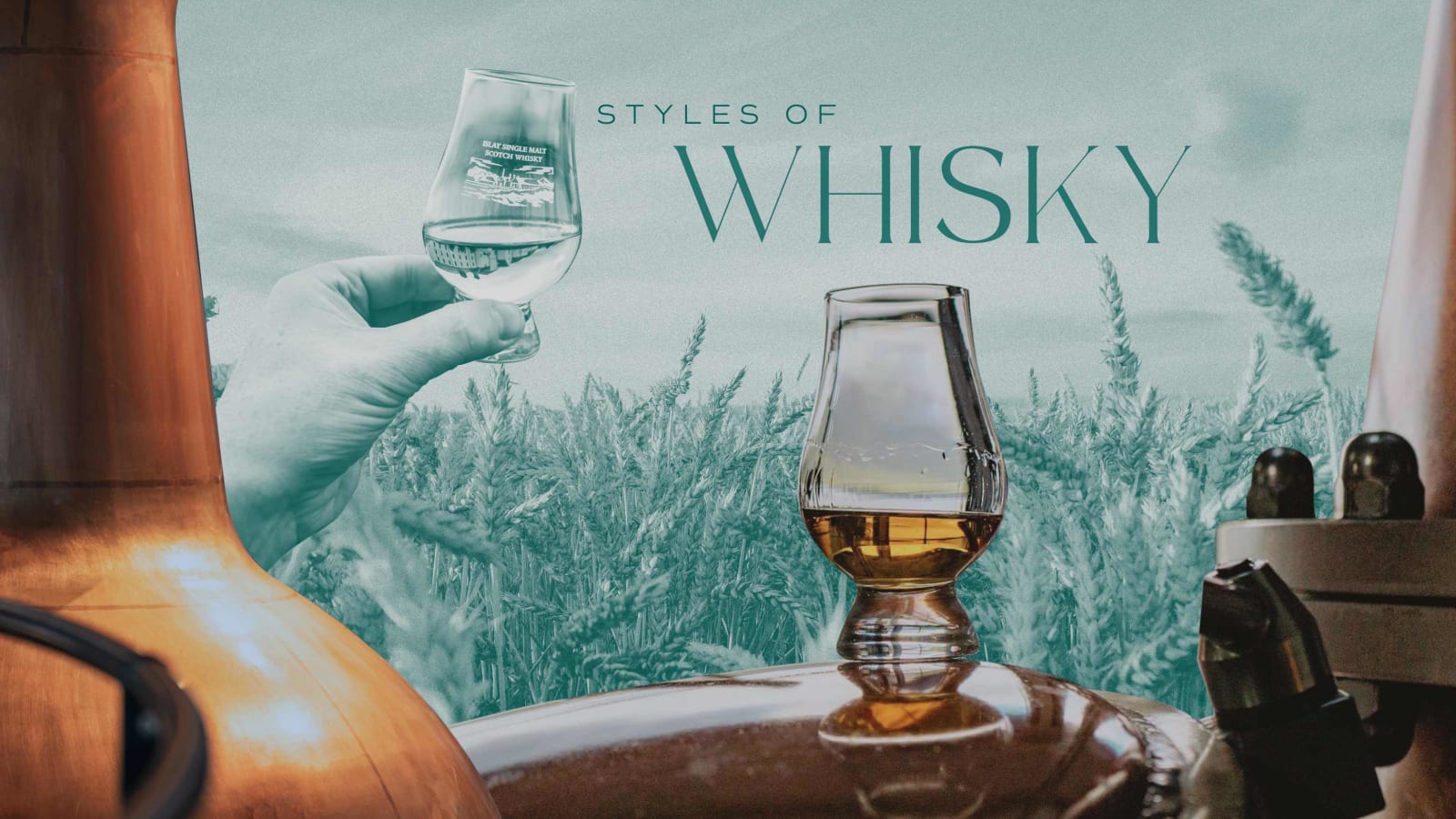

Bourbon
Bourbon is a type of whiskey primarily made from corn. Overall, it’s considered to be sweeter compared to the likes of Rye or Scotch. While Bourbon can be made all over the world, most of the big brands that are known and enjoyed here come from America – in particular Kentucky.
There are strict laws that govern its production in the USA and to be labelled as Bourbon, the whiskey must contain at least 51% corn in its mash bill and be aged for at least two years in new, charred oak barrels.
The ‘Mash bill” (the type of cereals used as the starting point) plays a significant part of the flavour and some recipes have been passed from generation to generation. Some distillers keep the percentage of the component parts very secret! You can find high percentage corn recipes that are soft and creamy to highly creative combinations of other grains like wheat, rye, oats or barley to make up the rest of the mix.

Rye Whiskey
Rye whiskey is a spirit made primarily from rye grain. It is known for having a distinct spicy and bold flavour profile that makes it a great choice for cocktails.
Like Bourbon, much of what is currently well-known and enjoyed here comes from America, and similar to Bourbon the rules on Rye require the use of new charred-oak barrels as well as a mash bill that must consist of at least 51% rye.
Typically, the large Kentucky distilleries use a 51% rye, 39% corn, and 10% malted barley split but more and more craft distilleries are experimenting with their ratios to achieve new and exciting flavour profiles. Some even increase the percentage of rye up to 100%.
When looking for what might suit you, consider the percentage of rye in the mash bill. The higher the content, the more likely you are to get a big and spicy profile, while on the other end of the spectrum, the flavours are more likely to be rounder and softer.
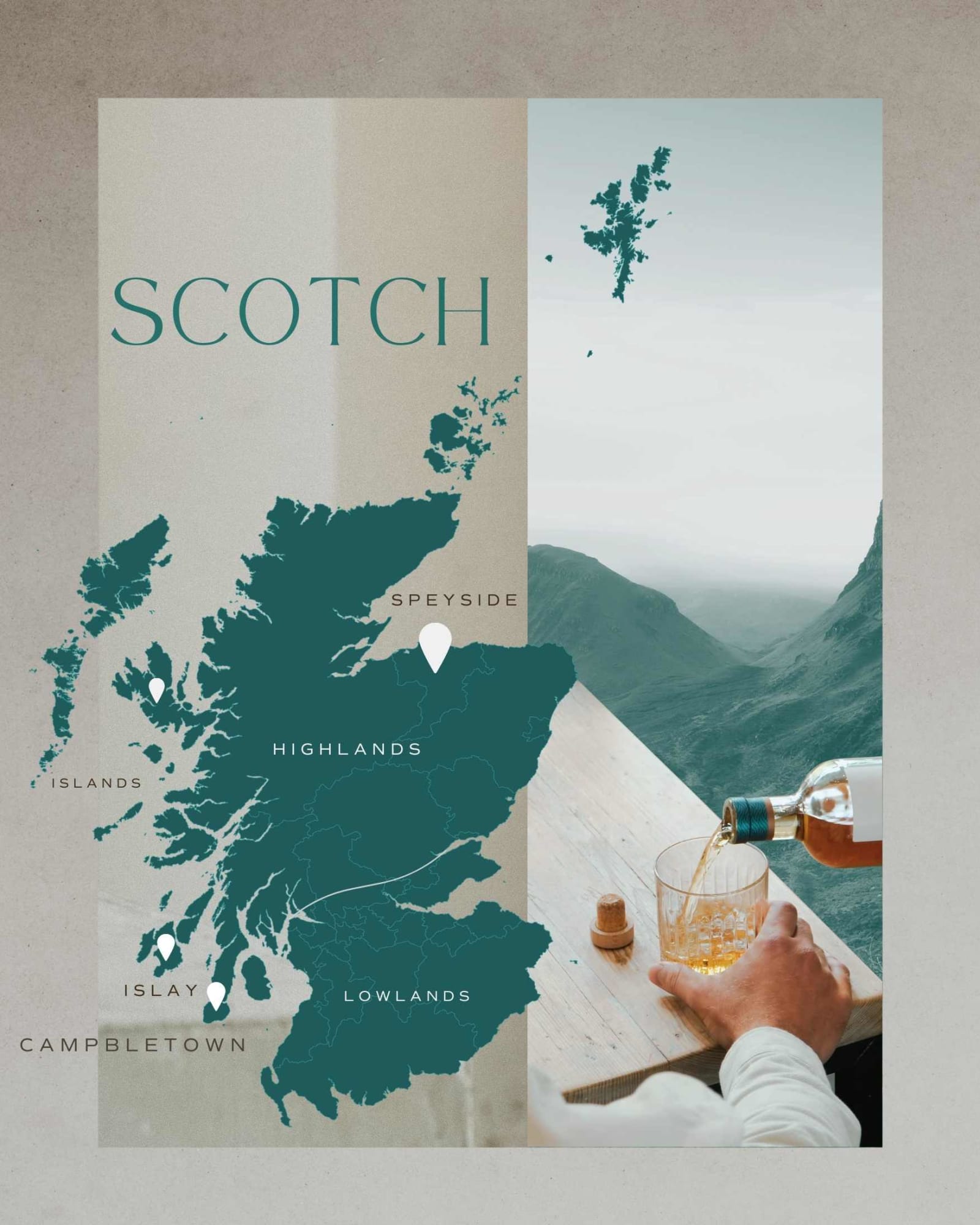
Scotch Whisky
There are over 150 Scotch Whisky distilleries active today, ranging from historic names established centuries ago to new producers yet to release their first bottles, and picturesque locations with heritage building to confined urban operations. The flavours you can find are equally as diverse. So where to start?
Many drinkers split Scotch based on its geography. While there are exceptions in each, the general flavour expectations you can associate with the various regions can be a handy place to begin your journey.
Speyside is a densely populated Whisky region (with 60+ producers) known for being low on peat and big on fruity accessible malt. Expect generous and easy-sipping flavours, as well as famed producers like The Balvenie, Glenfiddich and The Macallan.
Meanwhile, Lowland Scotch Whisky tends to be characterised by soft and smooth malts that have gentle and lighter profiles. The region’s iconic makers such as Auchentoshan and Glenkinchie, or relative newcomers Glasgow are good examples of the often grassy, floral and toasted flavours you’ll find in your glass.
Highland Whisky is hardest to assimilate into a flavour group as the region is Scotland's largest whisky-producing area. Expect a huge diversity of flavours and character. From fruit cake, smoke and structured oak typified by Glenmorangie & Dalmore to coastal producers like Oban who are influenced by peat – it’s a region that provides much to discover.

Campbeltown whiskies are varied but we find that smoke, slightly saline brine and robust and rich malts can be found there. The region was once a major hub for Scotch and while the numbers have greatly diminished, the producers who remain make up for it in quality.
Islay’s status is mythic amongst whisky drinkers, and the distilleries there are predominantly famed for having peated whiskies. Flavours of seaweed, TCP and smoke is synonymous with the likes of Ardbeg, Laphroaig and Lagavulin, while the likes of Bruichladdich, Bunnahabhain and Bowmore bring broad ranges ideal for those looking for an introduction.
Lesser spoken about are the islands around Scotland (there are hundreds of them), which are also home to truly spectacular producers.
Talisker is located on the Isle of Skye, Tobermory is on Mull, Jura and Arran located on their namesake islands while Orkney has the likes of Highland Park. You’ll find that both peat and a touch of sea salt are common flavours that can be found in most Island whiskies. New and exciting producers are also emerging on the islands and producers are starting to work together to turn their island geography into a formally recognised region.

Irish Whiskey
Irish Whiskeys are typified by smooth and fruity flavour profiles. You can find a vast array of styles, production techniques and emerging names as the category continues to enjoy a resurgence of both styles and new producers.
The most famous style is Irish Single Pot Still Whiskey, which is a mix of barley (both malted and un-malted) that has been distilled in a pot still.
Jameson & Bushmills remain the big names by a long way, but the scene is diversifying quickly and new producers are releasing experimental whiskies as well as re-introducing what was once common but now rare or even lost in time. From Single Malt and Single Cask offerings to heavily peated expressions to bringing back the art of the Irish Whiskey Bonder - it's an exciting time for Irish makers after years in the doldrums.

New World Whisky
New world whisky refers to whisky made outside of the traditional regions, such as Scotland, Ireland, Japan and America.
Australia, Scandinavia, India and Taiwan have some exceptional producers and are the most frequently named New World Whisky regions. There’s no singular defining flavour profiles, rather each region has its own style and is forging its own path.
One of the commonalities that group them together however, is that because they are newer regions many have fewer rules, leaving distillers free to explore the more experimental approaches, techniques and ingredients.
From the tropical profiles of some Asian producers to the accessible and free of pretence Australian expressions, the innovative Scandinavian Whiskies or emerging English Whisky scene – New World Whisky is ideal for those looking for original and progressive bottlings.
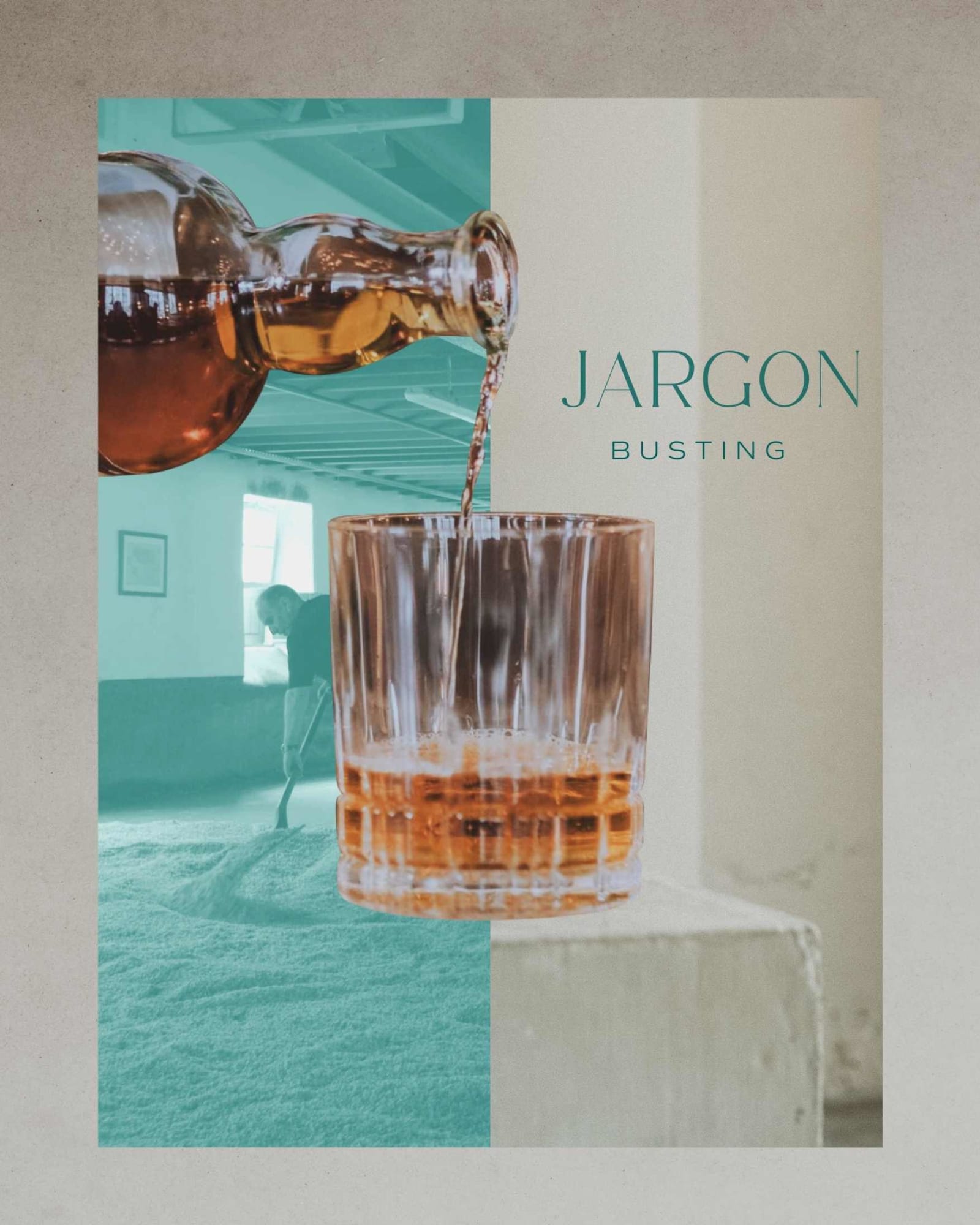
Whisky Jargon Explained
“Finishing” is a term that refers to a production technique that sees producers take whisky that has already been aged in oak barrels and transfer it to a different type of barrel to “finish” aging for a short period of time.
Masters of the craft are The Balvenie, whom are known for their Doublewood, a whisky that matures for years in ex-bourbon casks before spending a short stint in ex-sherry casks.
“Chill Filtration” is a process used by some distilleries to remove of the perceived impurities from whisky before it is bottled. This process involves cooling the whisky to a very low temperature and then filtering it. While this will remove the fatty acids and congeners that may cause liquid to haze, that is also the downside – it removes some of the flavour and texture. There’s no right or wrong, but many producers mark whether this is something they do.
Some whiskies are sometimes treated with colorants to give the spirit a certain hue. It is predominantly used to ensure uniformity rather than to achieve a fake tone, and the reason this is necessary is because while barrels impart a natural colour to the spirit – they are far from consistent. Typically, it is done in such microscopic amounts it does not affect the flavour.
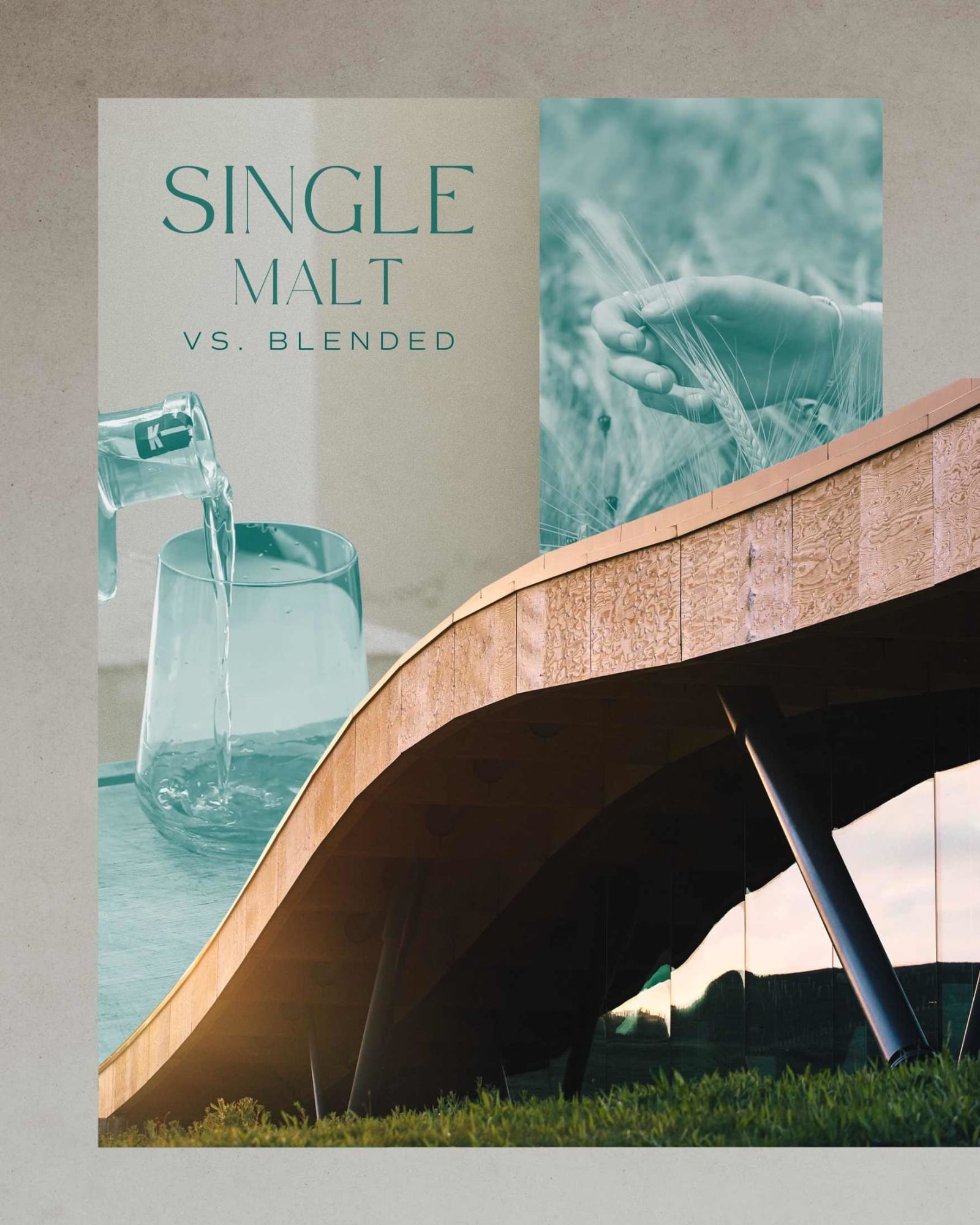
What’s the difference between Single Malt Whisky and Blended Whisky?
Usually used in the context of Scotch Whisky, Single Malt refers to whisky made from a single distillery, as opposed to a Blended Whisky which is made from whiskies produced by multiple distilleries.
It is not the same concept as single barrel. Many single malts are made up of many casks – the term simply designates that they all come from the same place. Comparatively, Blended whiskies can be made up of whisky taken from just a couple of locations, all the way to complex blends from dozens and dozens of distilleries.
Another key difference is the second word, Malt. Many (not all) Blended Scotch Whiskies use grain whisky in their blend. Single Malt by comparison means that the whisky is exclusively made from malted barley.

Peated Whisky
Peated whisky is whisky that has been made with malt that has been dried by a kiln that also has peat (a type of turf that is an accumulation of partially decayed vegetation or organic matter).
When it comes to whisky, peat is measured by its phenol content in parts per million. The higher the PPM number, the smokier and more intense the flavour of peat is in the liquid.
You can find Irish and Japanese whiskies with prominent peated notes, but it’s most associated with Scotch Whisky, in particular those from Islay. If you are looking for peat bombs where the coastal smoke envelops the senses, look towards Ardbeg and Laphroaig.

Whisky Cocktails
Whisky is the base of some of the most famous cocktails of all time. For us, there’s no need to stand on ceremony – whisky is for everyone, anytime, anywhere and no expression or style is “off limits” for a bit of mixing.
The most famous whisky cocktails include the Manhattan and the Mint Julep which we recommend using a bold and spicy Rye for, the Old Fashioned, the Boulevardier or the Whiskey Sour (or even better - New York Sour) that suits using a trusty vanilla-rich Bourbon, the Sazerac that works particularly well with Scotch, and the Irish Coffee, which calls for Irish Whiskey to make an authentic concoction.
For fans of Peated Scotch, try making a Penicillin and you’ll never look back!
